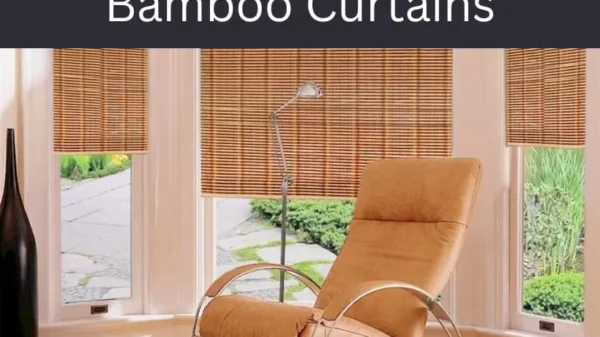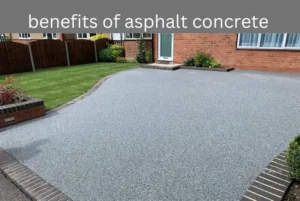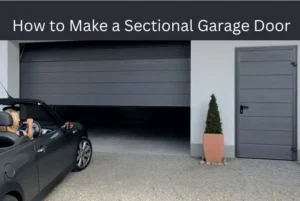Insulating windows and keeping is one of the best strategies to minimize heat loss and keep your house at a suitable temperature throughout the winter. Insulate windows and keep your home save heating costs and increase comfort by losing up to 25% of a home’s energy. Here are a few efficient, useful, and reasonably priced methods to insulate your windows and add coziness to your house.
1. Weatherstripping Windows to Block Drafts
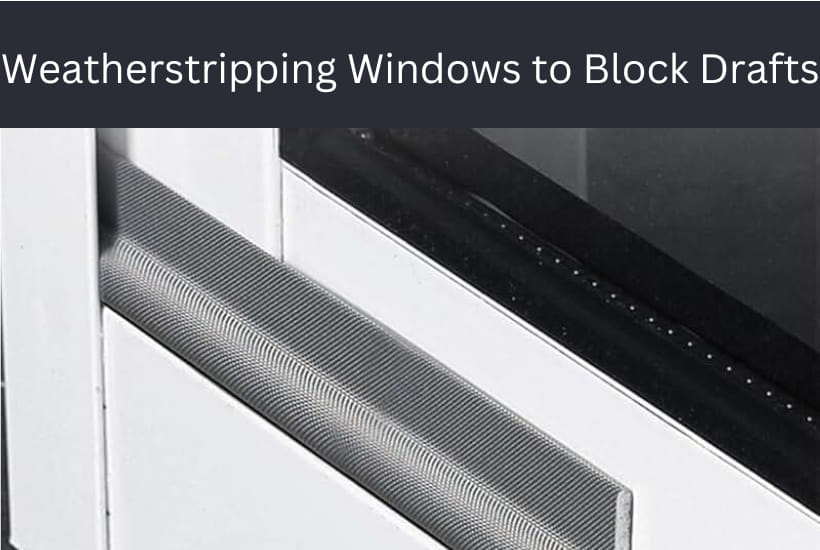
One of the easiest and least expensive ways to prevent drafts around your windows is to weatherstuff them. Minimizing heat loss without sacrificing the window’s functionality entails caulking the spaces surrounding the window frames. There are various kinds of weatherstripping to take into account:
Foam Tape:
Ideal for the top and bottom edges of a window sash.
V-Strip (tension seal):
Useful for the sides of the window to create a seal.
Felt Strips:
Easy to apply and budget-friendly, though less durable than other options.
Clean the window frame area where the weatherstripping will be applied before installing. After cutting the material to the appropriate length, firmly press it into position. Weatherstripping is a flexible option that works well on windows that are still open or closed.
2. Using Window Insulation Film Kits
Window insulation film kits are widely used because they are efficient and simple to use. These kits commonly include double-sided tape and clear plastic film. When placed correctly, the film forms a barrier that decreases heat loss through the glass.
To install window film:
- Clean the window surface and surrounding frame.
- Apply double-sided tape around the window’s edges.
- Attach the plastic film to the tape and use a hair dryer to shrink it, ensuring a tight, wrinkle-free seal.
Since window insulation film is clear and lets in natural light, it works well for windows that you don’t intend to open in the winter. The film is a short-term yet efficient insulation technique because it is simple to remove.
3. Installing Thermal Curtains or Drapes
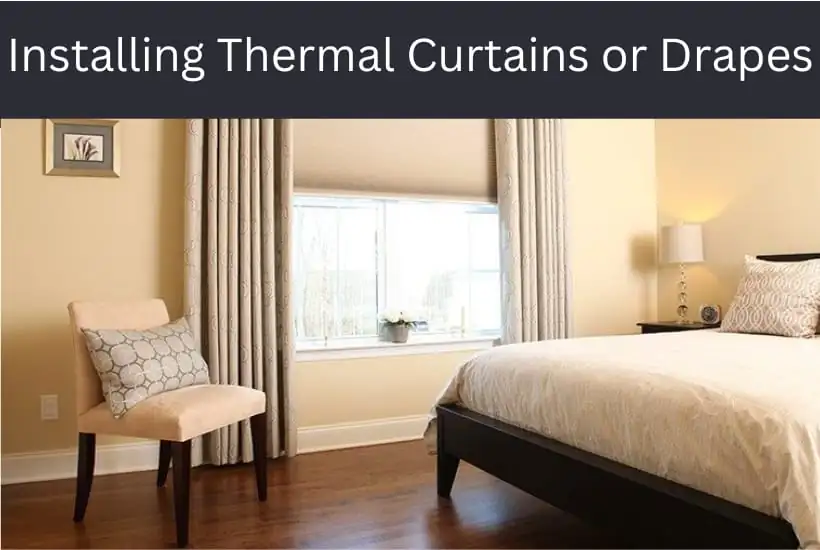
- Thermal curtains, also known as insulated drapes, are a great option for keeping rooms warm because they are made to minimize heat transmission and prevent drafts. These curtains have a thermal lining and are composed of thick, multilayered textiles.
To make thermal curtains as effective as possible.
- Install them close to the window frame.
- Make sure they reach the floor to prevent air from escaping underneath.
- Close the curtains at night to trap heat inside and open them during the day to allow sunlight to warm the room.
Thermal curtains give a fashionable layer of insulation that blends in with your interior design, making them both practical and ornamental.
4. Sealing Cracks with Caulk
A good, semi-permanent fix for windows with obvious fractures or holes in the frame is caulk. Caulking works particularly well around window components that don’t move and in older homes where settling has left tiny gaps around the frames.
Follow these steps to apply caulk:
- Choose an exterior-grade caulk that’s designed for windows and doors, like silicone or latex.
- Clean the area around the cracks and remove any old caulk.
- Apply a thin, even line of caulk and smooth it with a putty knife.
Caulking is a durable solution that typically only requires replacement every few years. For optimal effects, apply it to the outside borders of the window frame.
5. Using Insulating Blinds or Shades
Air is trapped in the cells of blinds or shades with insulating qualities, like honeycomb or cellular shades, to create insulation. Cellular blinds are well-known for their capacity to exclude summer sunshine and retain heat in the winter.
When it’s cold outside, make sure you fully lower the blinds to keep warm. To lessen the possibility of air leaking through, choose shades that completely cover the window.
6. Applying Bubble Wrap as a Temporary Solution
Although bubble wrap might seem like an odd choice, it works incredibly well for insulating windows, particularly in spaces like garages or basements. Heat transfer is decreased by the insulating layer formed by the air pockets in bubble wrap.
To apply bubble wrap:
- Spray a light mist of water on the window.
- Press the bubble wrap against the glass, bubble-side down.
- The water will help it adhere, and it can be removed easily if needed.
Bubble wrap can be a quick and inexpensive fix for spaces where appearance isn’t as important, even though it’s not as aesthetically pleasing as other solutions.
7. Installing Window Inserts or Interior Storm Windows
Window inserts or inside storm windows offer an extra layer of insulation for more permanent use, which greatly reduces drafts. They are especially useful for older homes and single-pane windows.
Some options for interior storm windows include:
- Magnetic inserts: Easy to install and remove, these create a strong seal around the window.
- Acrylic or plexiglass panels: These are lightweight and durable and can be custom-fitted to your window.
Although they are typically more expensive than alternative insulation techniques, inside storm windows are quite efficient at reducing long-term energy use.
8. Sealing Frames with Rope Caulk
The putty-like material known as rope caulk is perfect for caulking window frame cracks and tiny spaces. Because of its flexibility and ability to be taken off and reused every winter, it’s a fantastic choice for temporary insulation.
To apply rope caulk:
- Roll the caulk into thin strands.
- Press it into gaps or cracks around the window frame.
Because it can be removed without causing damage to the window frame, rope caulk is particularly helpful if you wish to retain a window partially operational.
9. Adding Exterior Shutters or Awnings
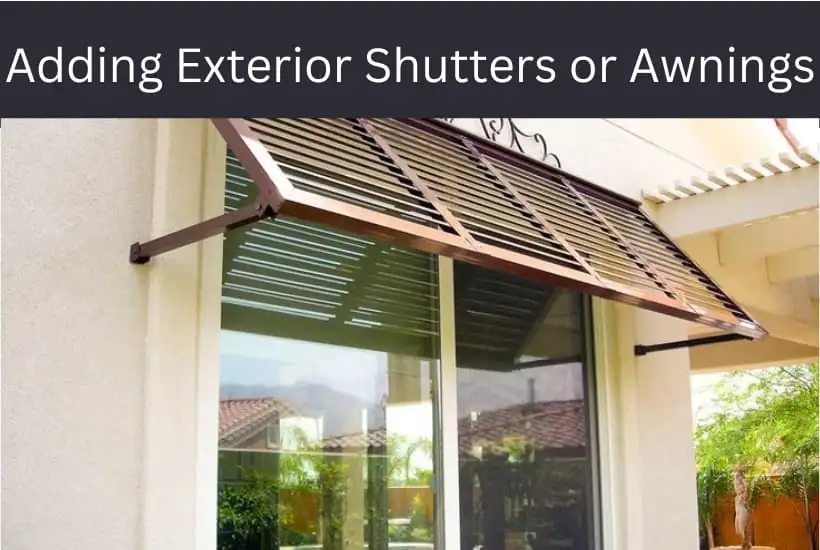
Awnings or outside shutters can provide additional insulation to windows in areas with harsh winters. While awnings can provide shade in the summer and block chilly winds, shutters offer year-round protection from wind and cold air.
Consider these factors for exterior shutters:
- Material: Wood is traditional and insulating, but vinyl or composite materials can offer weather resistance and durability.
- Installation: Shutters need to be securely attached and may require professional installation for effectiveness.
Although they might be costly, exterior shutters provide a long-term insulating option that enhances curb appeal and shields windows from the weather.
Final Thoughts
The process of insulating windows can range from as easy as using bubble wrap to as complex as installing storm windows inside. Every technique has special benefits for minimizing heat loss, cutting heating expenses, and enhancing the comfort of your house. You may save energy and make sure your home stays warmer during the winter months by selecting the insulation techniques that best suit your needs, financial situation, and window kinds.


